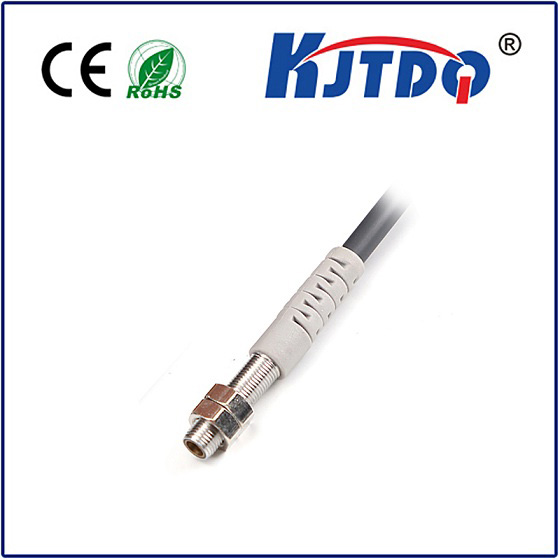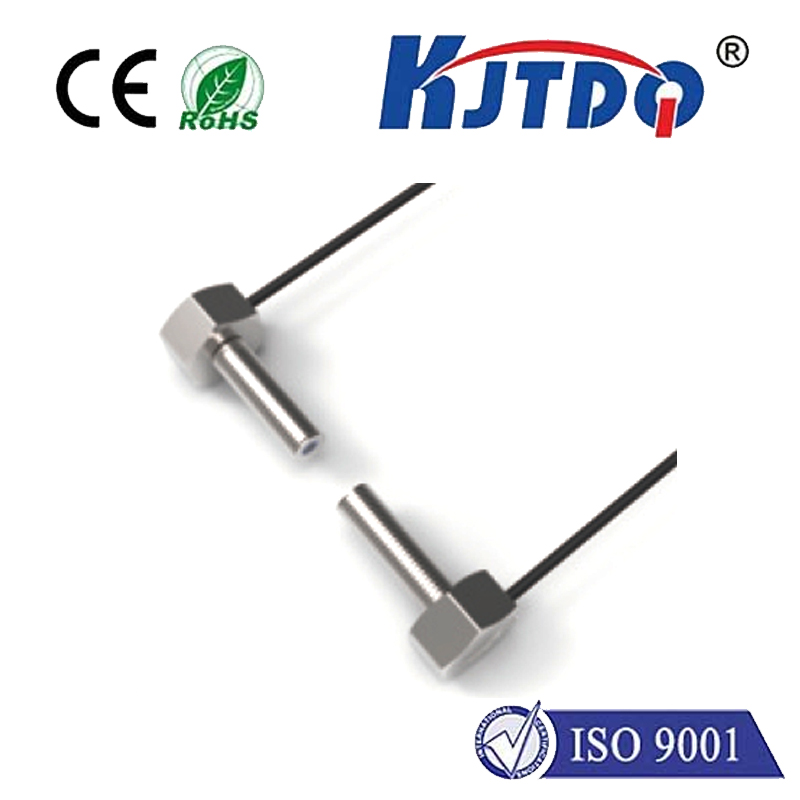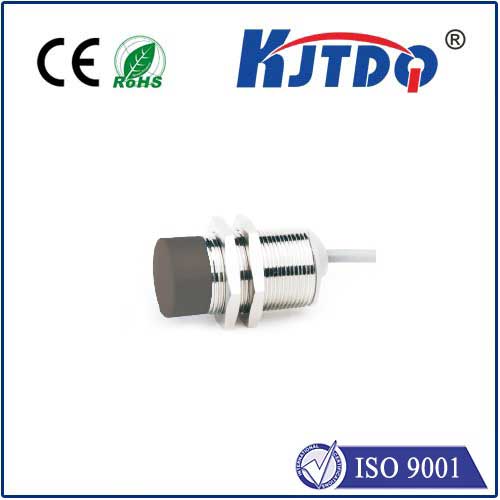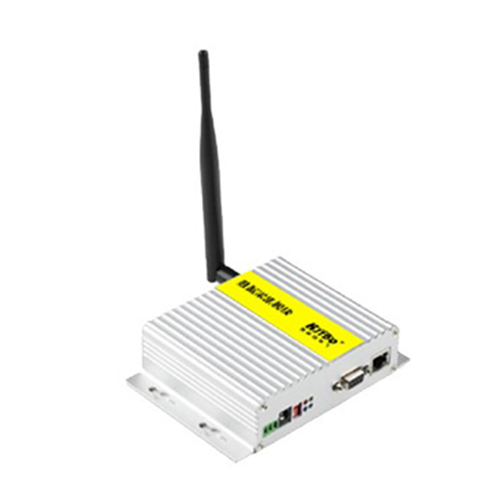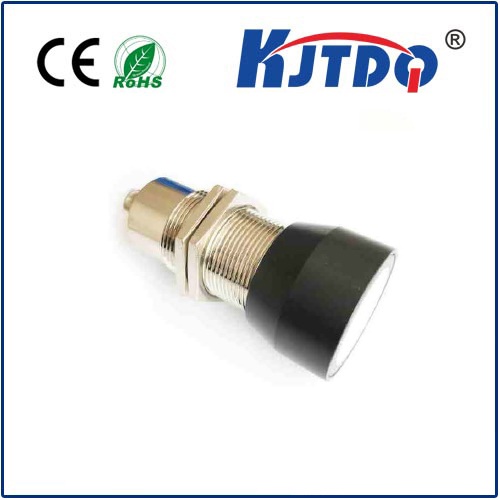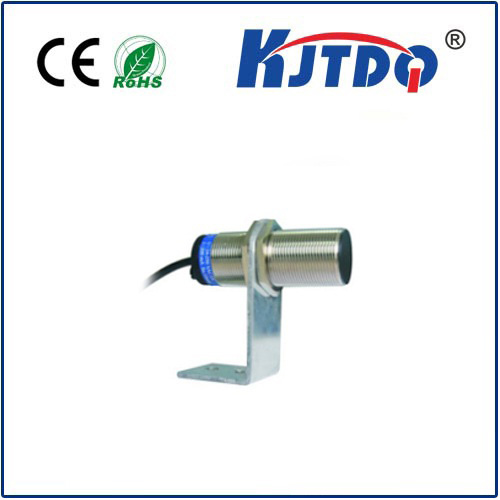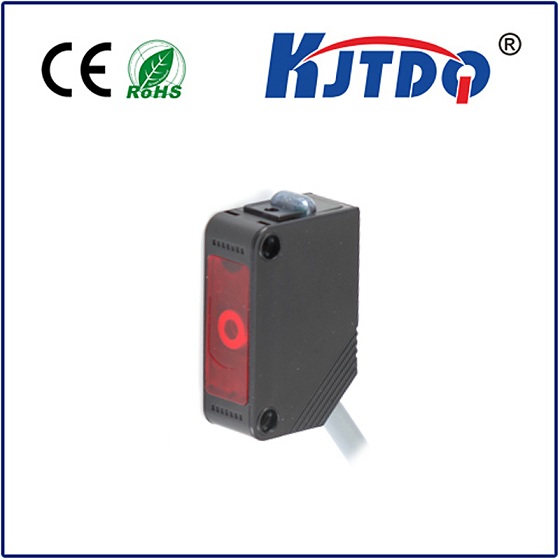proximity sensor reed sensor 24vdc 500w
- time:2025-09-07 05:17:02
- Нажмите:0
Proximity Sensors & Reed Sensors: Your 24V DC Gatekeepers for Controlling 500W Loads
In the demanding world of industrial automation, machinery, and process control, reliability and precision are non-negotiable. Knowing the position of components, detecting presence, or controlling powerful devices often hinges on simple yet critical components: sensors. When your application demands switching substantial power loads, like 500W motors, solenoids, or heaters, while operating on the common industrial standard 24V DC power, the combination of proximity sensors and reed sensors becomes a compelling solution. Understanding how these technologies work, their distinct advantages, and their synergistic role in managing high-power circuits is key to robust system design.
Demystifying the Technologies: Sensing Without Touch
At their core, both proximity sensors and reed sensors excel at detecting the presence or absence of an object without physical contact. This non-contact principle is fundamental to their longevity and reliability, minimizing wear and tear.
- Proximity Sensors (Inductive Type - Most Common for Metal Detection):
- How They Work: These sensors generate an electromagnetic field from an internal oscillator coil. When a ferrous metal (like iron or steel) target enters this field, it induces eddy currents within the metal. This current draw dampens the oscillator’s field strength or changes its frequency. The sensor’s circuitry detects this change and triggers its output switch.
- Key Strengths: Excellent resistance to dirt, dust, oil, and moisture. Robust construction makes them ideal for harsh industrial environments. They offer precise detection distances (rated sensing range) and typically provide solid-state outputs (transistor switching). Available in various form factors (tubular, rectangular, shielded/non-shielded) for different installation needs.
- Core Duty: Detecting the presence/absence/position of metallic objects.
- Reed Sensors (Reed Switches):
- How They Work: A reed sensor houses two thin, ferromagnetic, nickel-iron reeds sealed within a protective glass tube filled with inert gas. These reeds act as electrical contacts. When a sufficient magnetic field (from a permanent magnet or an electromagnet) is applied near the sensor, the reeds are magnetized, flex towards each other, and make physical contact, closing the switch circuit. Removing the magnetic field causes them to spring back open.
- Key Strengths: Extremely low power consumption in standby mode. High isolation between the sensing element and the switched circuit. Capable of handling higher inrush currents than some solid-state devices. Simple, reliable principle. Ideal for applications needing complete electrical isolation or where a magnet is the trigger.
- Core Duty: Detecting the presence/absence/position of a magnet or actuating via a magnetic field. Essentially, they are magnetically operated mechanical switches.
The 24V DC Standard: The Industrial Backbone

24V DC is the dominant low-voltage control power standard across modern industries. Its widespread adoption stems from crucial advantages:
- Safety: Significantly reduces the risk of fatal electric shock compared to higher voltages like 110V AC or 240V AC.
- Compatibility: Most PLCs (Programmable Logic Controllers), controllers, sensors, and solenoid valves are designed to operate reliably on 24V DC.
- Noise Immunity: DC power is generally less susceptible to electrical noise interference than AC power, enhancing signal integrity in electrically noisy environments.
- Efficiency: Often allows for simpler and more efficient power supply designs compared to AC control systems. Batteries can also act as a backup source.
Both proximity sensors and reed sensors are readily available in variants specifically designed to operate from 24V DC power supplies.
Bridging the Gap: Sensors Controlling High Power (500W+)
Here’s the pivotal point: Neither proximity sensors nor reed sensors are typically rated to directly switch a 500W load. Their internal switching elements – whether a semiconductor transistor (proximity sensor) or the delicate reed contacts (reed sensor) – are designed for low-power control signals.
So, how do they manage 500W? The answer lies in their role as pilot devices:
- Proximity Sensor Role: A 24V DC inductive proximity sensor typically has a solid-state output (PNP or NPN transistor). This output is perfect for providing a reliable, low-current signal to the coil of a relay or contactor. Its job is detection and low-power signaling.
- Reed Sensor Role: While reed contacts can handle higher current than a proximity sensor’s transistor output, directly switching 500W continuously usually exceeds their ratings (often around 0.5A to 2A for switching) and risks welding the contacts or drastically reducing lifespan. Their strength is also primarily in providing an isolated control signal.
- The Power-Handling Workhorse: Relay or Contactor: This is the device rated for the heavy lifting. A contactor is essentially a heavy-duty relay designed for high-current loads. Both have an electromagnetic coil (typically rated for 24V DC operation) and high-current switching contacts.
- The proximity sensor’s output or the reed sensor’s contacts are connected to switch the 24V DC supply to the contactor/relay coil.
- When the sensor detects its target (metal for proximity, magnet for reed), it energizes the coil of the relay/contactor.
- The relay/contactor then closes its much larger, robust power contacts, connecting/disconnecting the high-power 500W load (e.g., a motor, heater) to/from its main supply (which could be 110V AC, 240V AC, or higher DC).
- Key Benefit: The sensor sees only the low-power coil load (usually a few watts or less). The contactor handles the high-power switching, isolating the sensitive sensor electronics or reed contacts from potential electrical noise, voltage spikes, and high current associated with the load.
Why Choose This Combination for 24V DC & 500W Applications?
Integrating proximity or reed sensors with relays/contactors for 24V DC control of 500W loads offers distinct advantages:
- Robustness & Longevity: Non-contact sensing avoids mechanical wear. Proximity sensors shine in dirty/dusty environments; reed sensors offer excellent isolation.
- Safety: Leveraging 24V DC control circuits inherently enhances operator safety. Using relays/contactors provides clear electrical isolation between control and power circuits.
- Reliable High-Power Switching: Contactors are specifically engineered for the stress of switching inductive loads (like motors) at power levels of 500W and far beyond, ensuring reliable operation over time.
- Design Flexibility: Proximity sensors allow direct metal detection. Reed sensors enable unique solutions like detecting magnets embedded in moving non-metallic parts or providing isolation barriers. Both integrate seamlessly into 24V DC control systems. The choice often boils down to what needs to be detected: metal or a magnet.
- System Protection: This approach


